A recent photo taken by a customer at a Queensland KFC reveals how workers are instructed to skimp on fries, confirming the suspicions of many who feel shortchanged by fast food portions.
The sign reads: “Team: Reminder on packing chips – do not tap! Hold the box in the middle! Just put the right amount & not too much.”
Customer Reactions
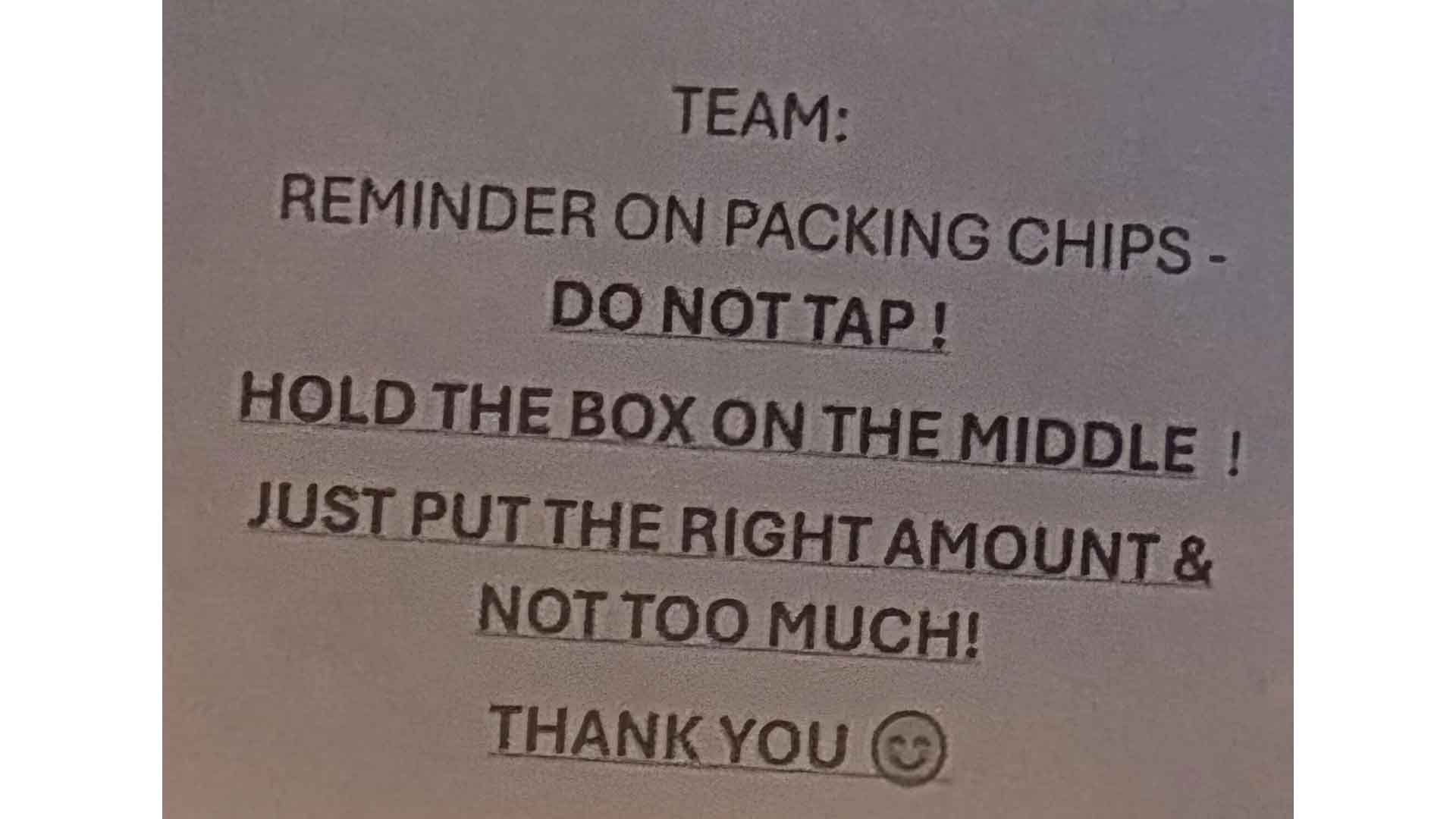
The post sparked a wave of comments from disgruntled customers. One commenter noted, “Geez. God forbid someone gets an extra chip. I think potatoes are one thing that hasn’t gone up much out of all the inflationary stuff.”
This sentiment echoes the frustration many feel towards portion sizes.
Employee Confessions
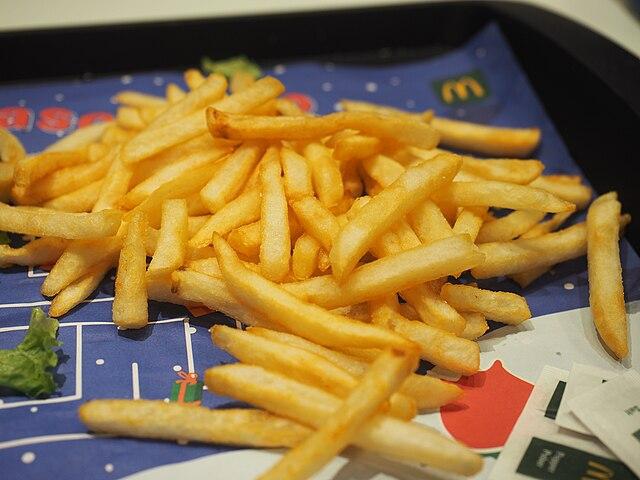
Employees from other fast-food chains confirmed similar practices in the comments as well.
One user detailed how manuals instruct workers to squeeze the middle of the box before adding fries, maintaining pressure until the box is placed in the bag to create the illusion of a full box. This tactic results in customers receiving about 50% of the fries they expect.
The Illusion of Generosity
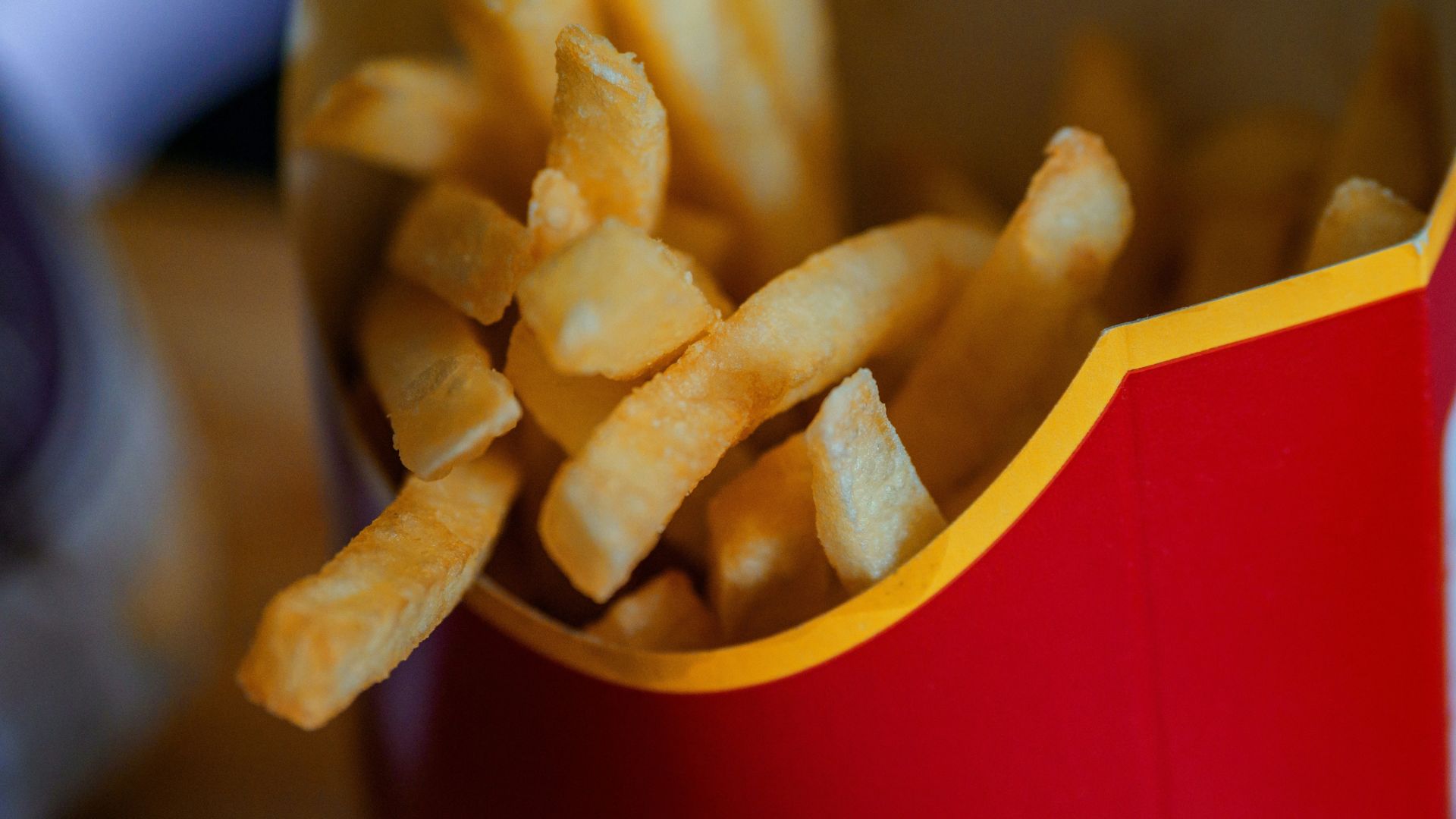
Fast food chains often create the illusion of generous portions while giving customers significantly less.
This tactic sheds light on deliberate strategies used to make portions seem larger. It’s a reminder to be mindful of portion sizes and consider the true value of fast food purchases.
Grocery Store Packaging Tricks

Similar to fast food tactics, grocery stores also use packaging tricks to make produce stand out.
For instance, oranges are often sold in colored mesh bags, which enhance the fruit’s appearance to appear fresher than they likely are. This plays on visual perception to make products seem more appealing than they might be.
Customer Awareness
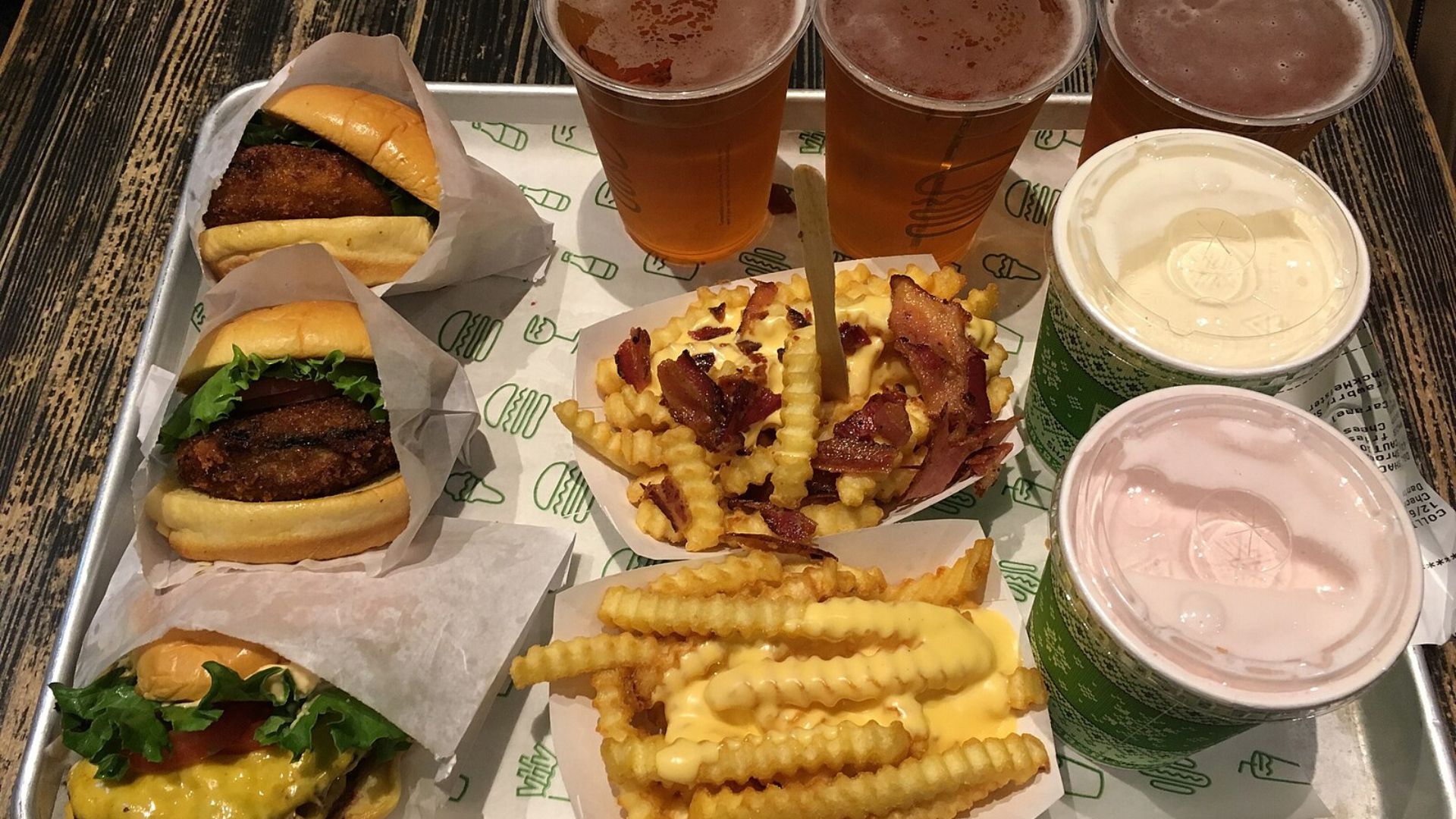
Being aware of these tactics can help consumers make more informed decisions. Understanding that both fast food chains and grocery stores use visual tricks can encourage more critical thinking about purchases.
Having better awareness can lead to better value for money, not to mention reduced disappointment.
Economic Factors
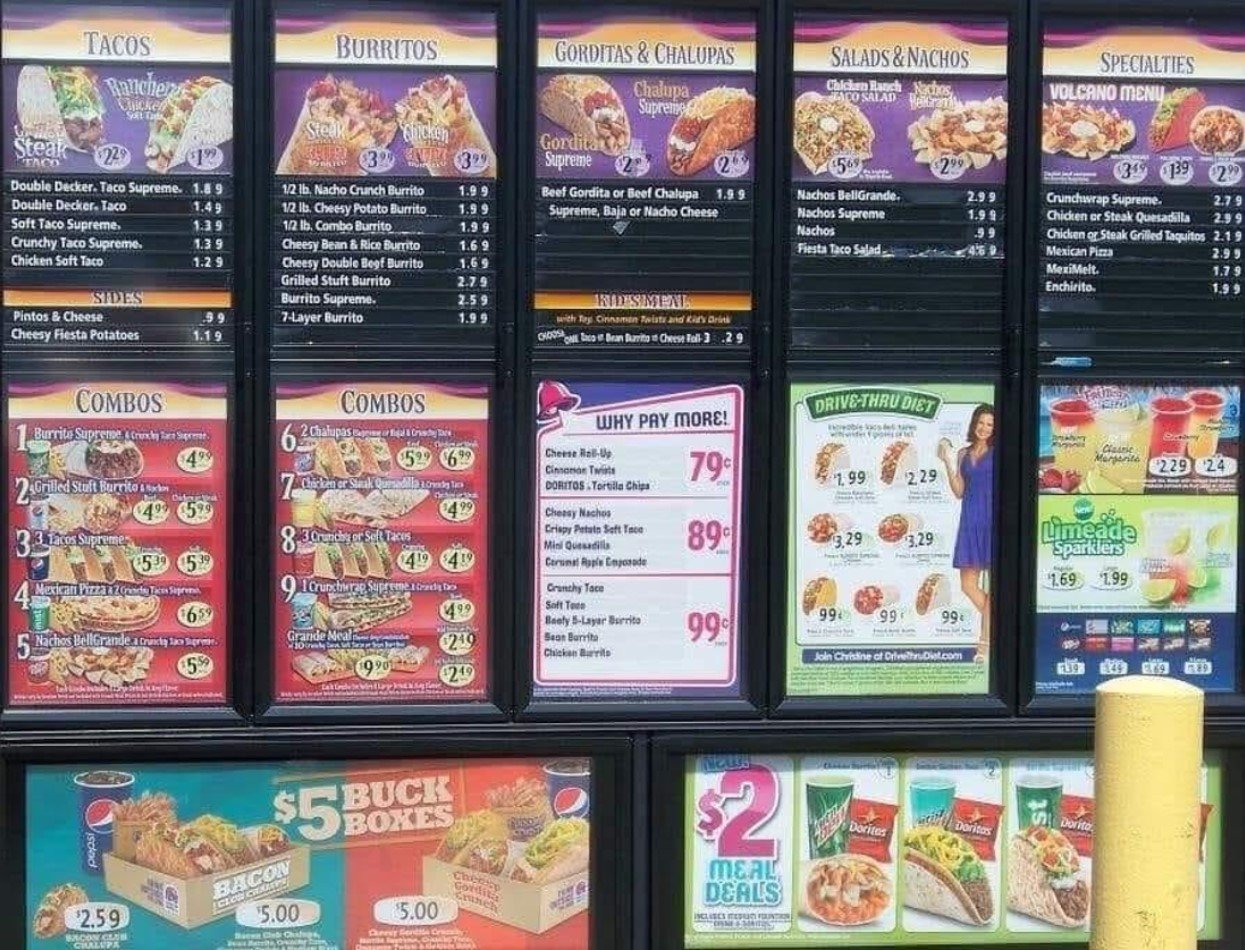
Economic pressures and inflation have led to these cost-cutting measures. While the price of potatoes hasn’t significantly increased, fast food chains continue to cut corners to maintain profits, especially in California as a result of the recent minimum wage hike for fast food workers.
This trend reflects broader economic challenges faced by businesses and consumers alike.
Industry Standards
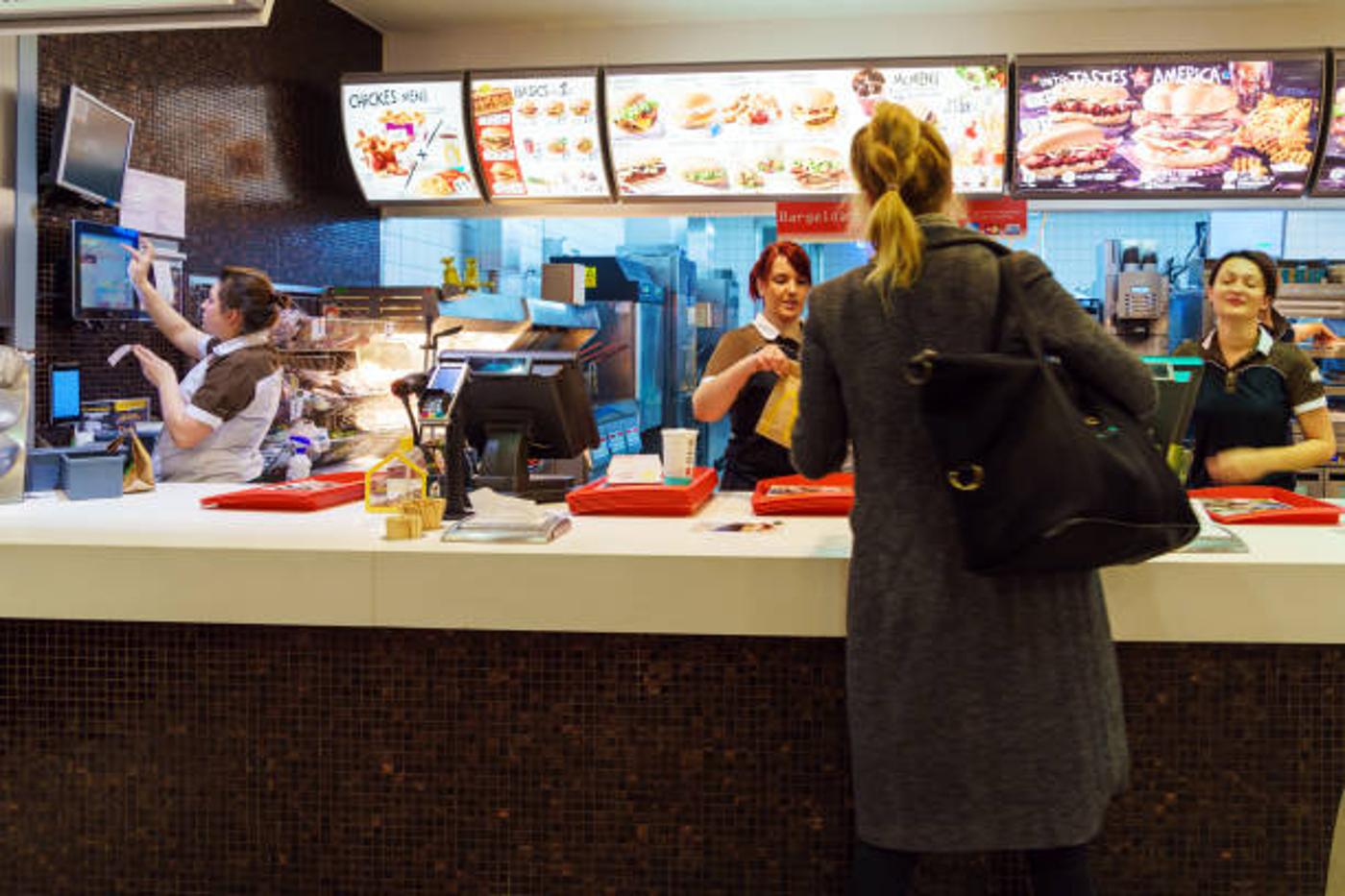
The tactics used by fast food chains and grocery stores are part of industry standards. These practices are widespread and accepted within the industry, making it important for consumers to stay informed.
Understanding these standards can help manage expectations and encourage smarter shopping habits.
Health Implications

Looking at it from another angle, reducing portion sizes can also have health implications. While smaller portions might seem negative, they can help control calorie intake and promote healthier eating habits.
This unintended benefit can be a silver lining to the practice of skimping on portions.
Consumer Advocacy

Consumer advocacy groups often highlight these practices to promote transparency and fairness.
By raising awareness, these groups aim to protect consumer rights and ensure that businesses provide fair value. Staying informed through these channels can help consumers navigate the market more effectively.
Tips for Consumers

Consumers can adopt strategies to avoid being shortchanged. Checking portion sizes, being aware of packaging tricks, and staying informed through consumer advocacy groups are all effective ways to get better value.
These tips can help ensure that purchases meet expectations and provide fair value.
The Bigger Picture

The issue of portion sizes and packaging tricks is part of a larger conversation about consumer rights and business practices. Staying informed and critical of these practices can empower consumers to make better decisions. This broader awareness contributes to a more transparent and fair marketplace.
Understanding the tactics used by fast food chains and grocery stores can help consumers make more informed choices. By staying aware and critical, consumers can avoid being shortchanged and ensure they get the best value for their money, allowing them to navigate the market effectively.








































